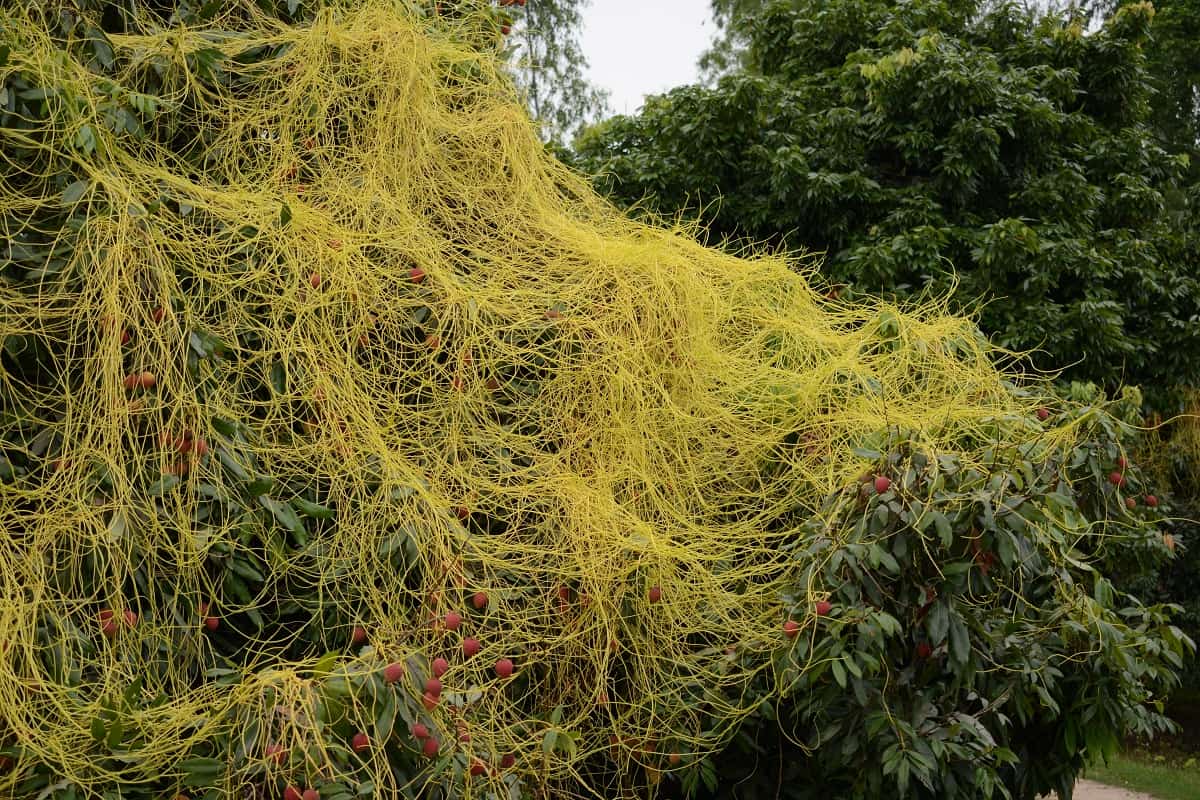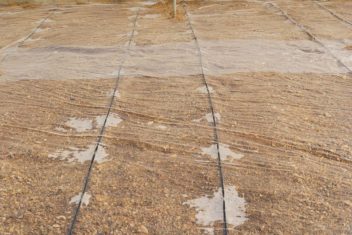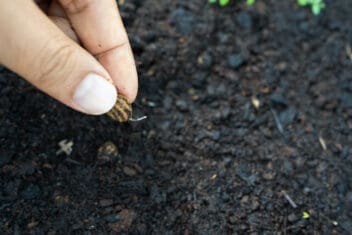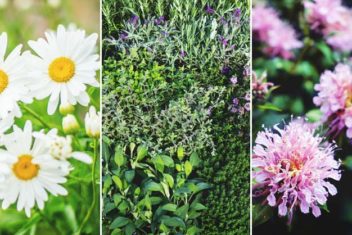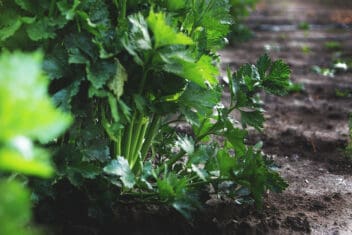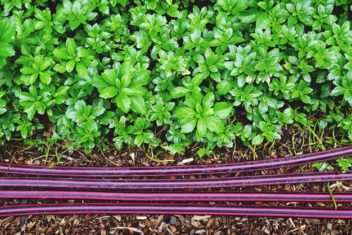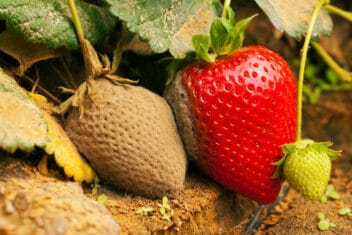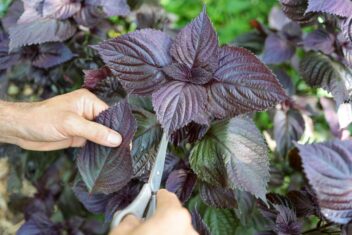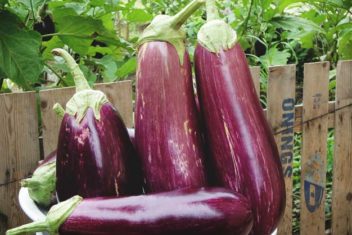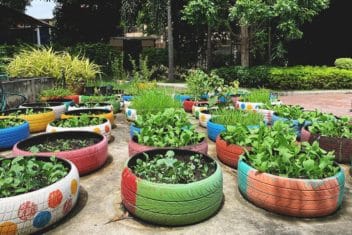Most people have heard about plants like the Venus Flytrap, which feed on insects to generate energy.
However, did you know that there are plants that actually draw sustenance from each other, rather than just the sunlight or insects?
Parasitic plants are those that take nutrients from another living plant. They typically grow on other types of plants, sometimes causing so much damage that it dies. The most common type of parasitic plant – and the one you most likely have heard about – is mistletoe.
However, there are plenty of other parasitic plants for you to be aware of.
Here’s what you need to know.
What Are Parasitic Plants?
You might have fond memories at Christmastime of snuggling up under the mistletoe to kiss your sweetheart.
Did you know that the beloved mistletoe is actually a parasite – and has the potential to wreak serious havoc on other plants?
Mistletoe isn’t the only parasitic plant, but it’s one of the most well-recognized. There are over 4000 different parasitic plant species in the world. These are all heterotrophic, relying on other plants for their nutrient and water needs.
They can extract the resources they need from these plants by using modified roots known as haustoria. These dig deep into the vascular system of the host, sucking out all the water and nutrients they need in this fashion.
How Can Parasitic Plants Affect Other Plants?
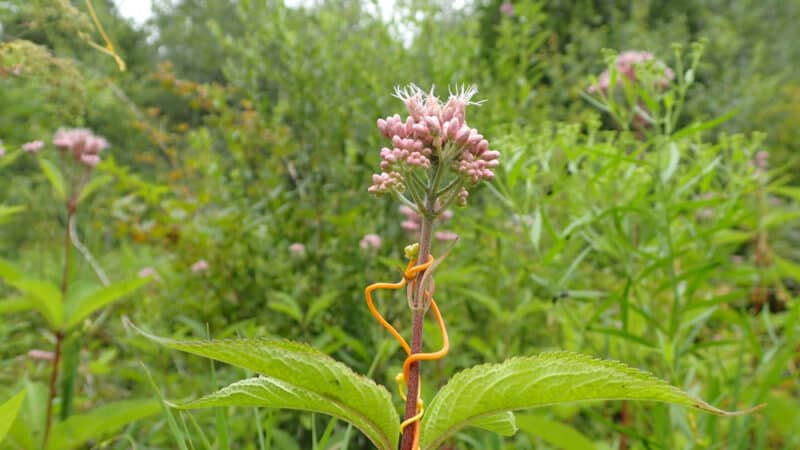
There are a few ways in which parasitic plants affect other plants.
Some cannot complete their life cycles without relying on another plant, while others can survive without the support of a host. Some parasitic plants attach to the roots of a host while others attach to the stem.
Finally, some can produce their own chlorophyll, and are considered hemiparasitic, while others rely exclusively on the host plant for this and are considered holoparasitic. Often, holoparasitic plants take on a paler yellow hue.
Although parasitic plants are undeniably interesting they extract so many nutrients and so much water from other plants, it can stunt the growth of the host plant and even kill it.
If parasitic plants are left to grow on their own near food crops in your garden, they can disrupt your harvest too, as you might imagine.
Because of this, it’s a good idea to take a quick inventory of what you plan to grow. Are any of the specimens you want to get into the ground parasitic in any way? If so, you will have to be very mindful of where you plant them.
Examples of Parasitic Plants
There are all kinds of parasitic plants out there. Mistletoe is one of the most obvious but of course, it’s not the only option. If you’re thinking about growing parasitic plants, either for their unique behaviors or for some other reason, here are a few you might consider.
1. Mistletoe
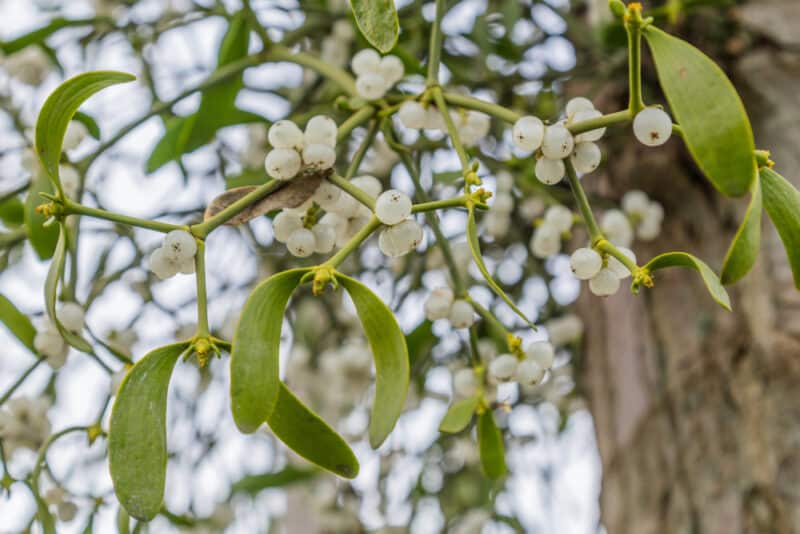
Mistletoe is perhaps the most famous of all parasitic plants. It generally attaches to shrubs or trees, using its haustorium to draw water and nutrients.
With small evergreen leaves in pairs and lovely white berries, this plant is quite attractive and is often viewed as a symbol of the holiday season.
There are several types of mistletoe species – together, they’ve been known to parasitize hundreds of shrub and tree species. All species of mistletoe are considered hemiparasites because they perform some photosynthesis on their own (hence the green leaves).
Mistletoe is often considered a pest but many gardeners continue to grow it for use around the holidays. Not only that, but it is an important food source for many kinds of animals, including birds. Some species of mistletoe also serve as roosting and nesting sites for various birds.
Despite its benefits, mistletoe has the potential to be quite destructive. Use that as a conversation piece (or diversion!) the next time someone tries to sneak a kiss beneath a sprig of this parasitic plant!
2. Dodder
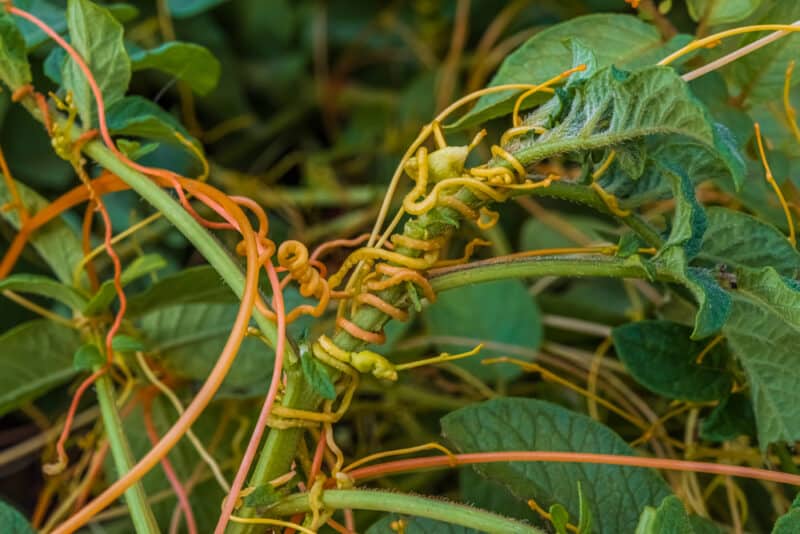
Dodder is another common parasitic plant. This one forms large masses of yellow, leafless vines over its host. It uses root-like organs named haustoria to cut into the stems of the hosts. These haustoria siphon off all available nutrients and water, often killing the host plant.
The creepiest part about dodder is that it can sense its hosts. It knows which neighboring plants will make good hosts and will then actively grow in that direction until it reaches them. Spooky!
3. Australian Christmas Tree
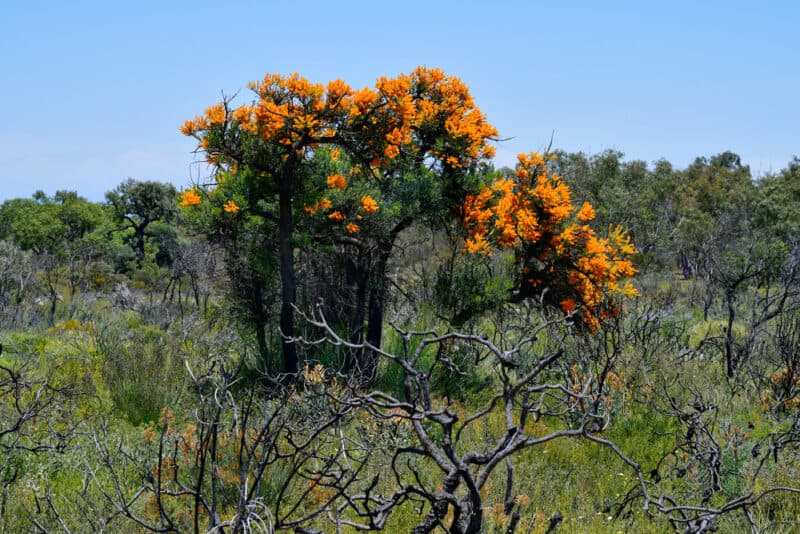
The Australian Christmas tree is perhaps one of the most elegant parasitic plants you will find. It is native, as you might guess, to Australia, where it is found towering over nearby plants in dry regions. It flowers when other species are dormant, making it an attractive option for many gardeners.
Because it has its own green leaves, it can go through photosynthesis on its own. However, it steals water from its neighbors to enable it to flower during drought-like conditions.
It has a large network of root connections with nearby plants, severing their xylem vessels to steal their water supply.
These trees are beautiful and hardy, to say the least, but can be destructive. In addition to killing nearby plants, the roots of this tree are so strong and “determined” that they have been known to cut underground power and utility lines!
4. Corpse Flower
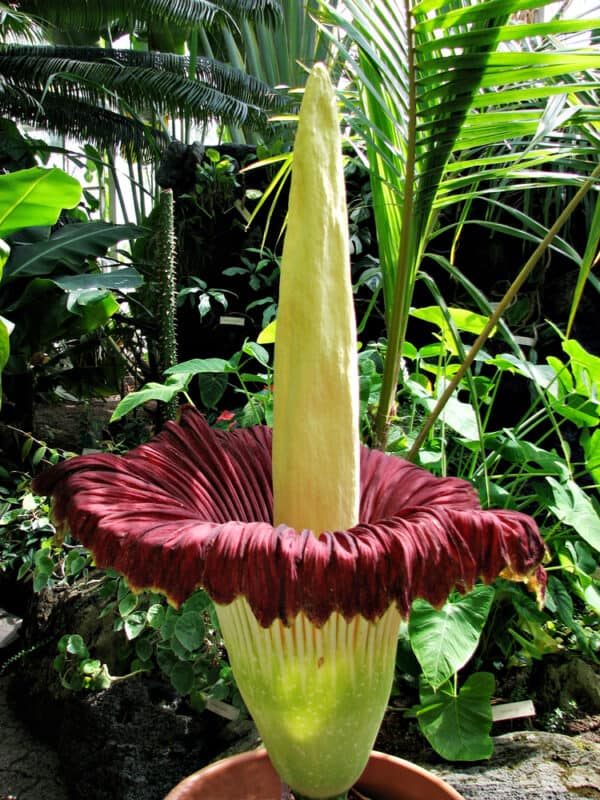
The corpse flower is often viewed as the largest individual flower in the world because when you behold this plant, it’s difficult to see any kind of foliage at all. Instead, your eye will be drawn exclusively to the massive bright red-brown blossom (it’s up to 3-feet wide!).
It’s found in the jungles of Indonesia and Malaysia, so it’s likely not a plant that you’ll be cultivating in your backyard garden any time soon.
Not only that, but this jungle plant has a smell akin to rotting flesh. It emanates this aroma in an attempt to attract flies that feed on carrion to pollinate it and help it produce sticky fruit. Because it does not have any leaves, it can’t perform its own photosynthesis. As a result, it relies solely on the nutrients it draws from nearby vines.
5. Thurber’s Stemsucker
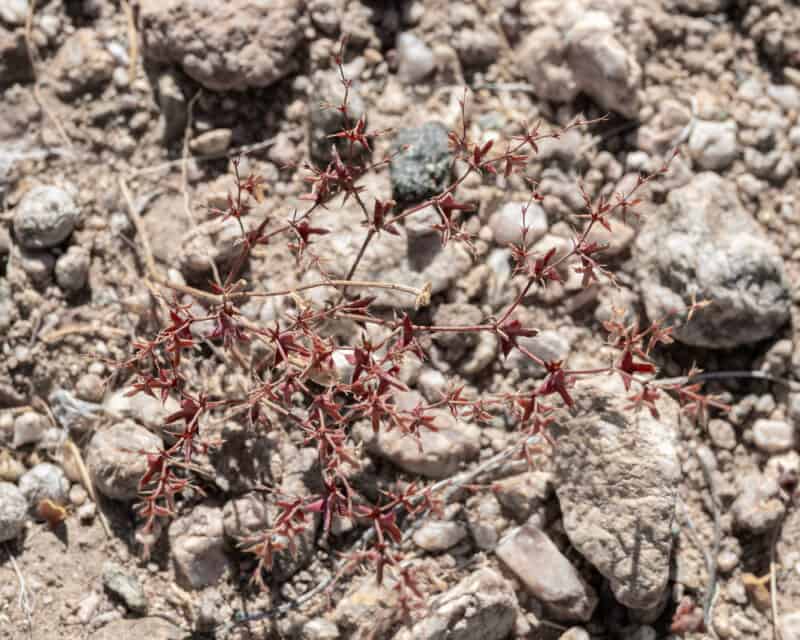
A desert plant, Thurber’s stemsucker is found growing in the southwest regions of North America. It lives on shrubs in the pea family and measures just a quarter of an inch long – so again, probably not a plant you’ll be growing in isolation in your garden.
It’s important to know about this parasitic plant, though, if you plan on growing anything related to the pea. It is usually harmless due to its size, living within its hosts’ stems. You will only realize it is there when it starts poking through the bark of the host plant to produce flowers.
Growing Parasitic Plants: Should I Do It?
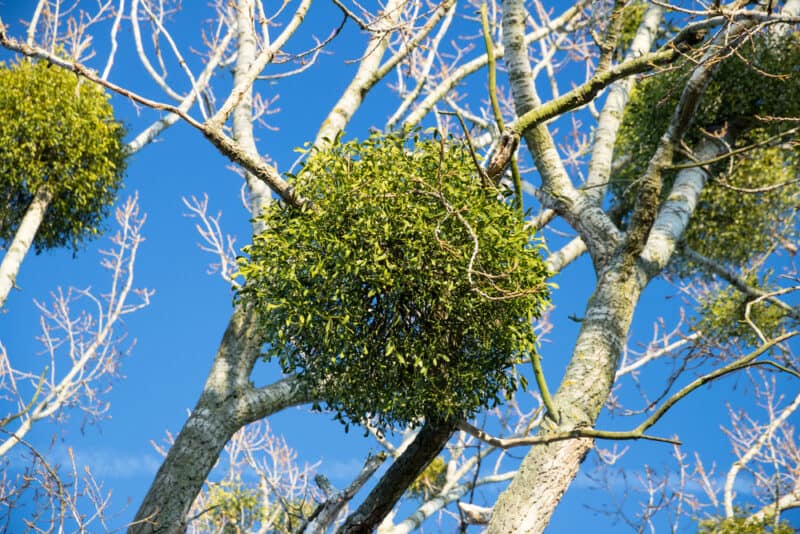
Growing parasitic plants is a way to add life, variety, and interest to your garden. It’s not the right choice for everyone – there are certain instructions for their care that you will need to keep in mind. Of course, you’ll have to make sure that you aren’t planting them in a location where they will harm the health of nearby plant species.
Otherwise, plant away! Parasitic plants are unique and fun to grow – as long as you’re aware of their unusual requirements.
